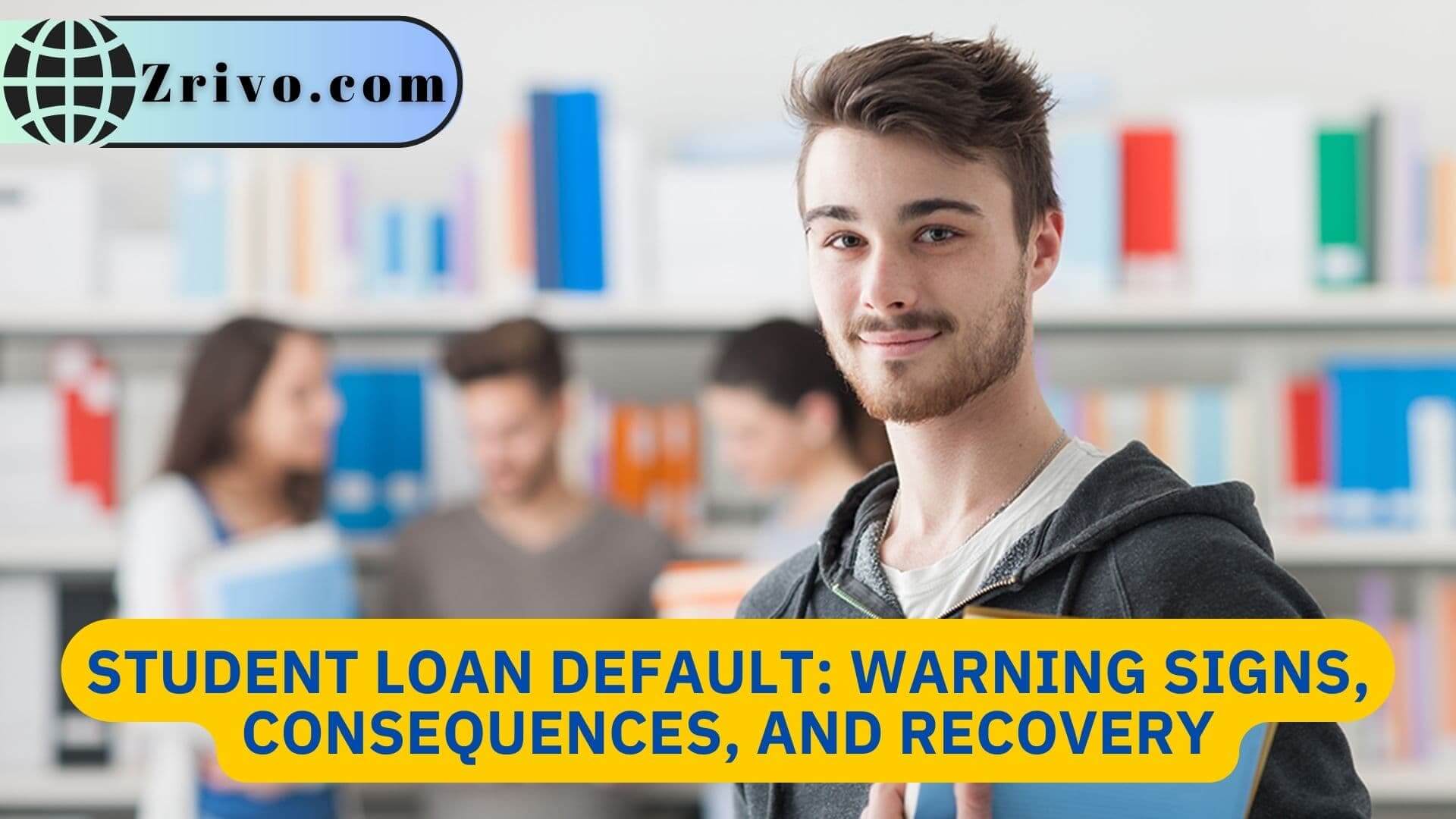
Student loan default is a serious issue that can have long-lasting consequences on your financial health and future opportunities. Understanding the warning signs, potential consequences, and steps to recover from default is crucial for managing your student loans effectively. This comprehensive guide will help you navigate the complexities of student loan default and provide strategies for getting back on track.
1. Warning Signs of Student Loan Default
Recognizing the warning signs of student loan default is essential so you can take action before it’s too late. Some common indicators that you may be at risk for default include:
- Missed payments: If you’ve missed one or more student loan payments, you may be at risk of defaulting on your loan.
- Difficulty making payments: If you’re consistently struggling to make your student loan payments, you may be at risk of defaulting in the future.
- Lack of communication with your loan servicer: Ignoring communications from your loan servicer or not updating your contact information can lead to missed payment notifications and an increased risk of default.

2. Consequences of Student Loan Default
Defaulting on your student loans can have severe consequences that impact your financial well-being and future opportunities. Some potential consequences include:
- Damaged credit: Defaulting on a student loan will negatively affect your credit score, making it more difficult to qualify for credit cards, mortgages, or other loans in the future.
- Wage garnishment: The government may garnish a portion of your wages to repay your defaulted student loan.
- Tax refund and government benefits offset: Your tax refunds or federal benefits, such as Social Security, may be withheld to repay your defaulted loan.
- Loss of eligibility for federal financial aid: Defaulting on a federal student loan can make you ineligible for additional federal financial aid.
- Increased loan balance: Defaulting on your student loan can result in additional fees, collection costs, and interest, increasing your overall loan balance.
- Loss of loan repayment options and forgiveness programs: Defaulting on your student loan can make you ineligible for various repayment plans, deferment, forbearance, and loan forgiveness programs.
3. Recovering from Student Loan Default
If you’ve defaulted on your student loans, there are several options for getting back on track and improving your financial situation:
- Loan rehabilitation: Loan rehabilitation is a process that allows you to bring your defaulted loan back into good standing by making nine consecutive, on-time, and reasonable payments within ten months. After successful rehabilitation, your loan will be removed from default status, and the default will be removed from your credit history.
- Loan consolidation: Consolidating your defaulted student loans into a new Direct Consolidation Loan can help you get out of default and regain access to federal student aid. To consolidate a defaulted loan, you must either agree to repay the new loan under an income-driven repayment plan or make three consecutive, on-time, and voluntary payments on the defaulted loan before consolidation.
- Loan repayment in full: If you can afford it, you can repay your defaulted student loan in full to resolve the default status. Keep in mind that this option may not be feasible for many borrowers due to the high loan balances.

4. Strategies for Preventing Student Loan Default
Taking proactive steps to prevent student loan default can save you from negative consequences and help you maintain your financial health. Some strategies for avoiding default include:
- Create a budget: Develop a realistic budget that accounts for your student loan payments and other living expenses. Regularly review and adjust your budget as needed to ensure you can make your loan payments.
- Choose the right repayment plan: Select a repayment plan that aligns with your financial situation and goals. Consider income-driven repayment plans if you’re facing financial hardship or have a low income.
- Stay in contact with your loan servicer: Maintain open communication with your loan servicer, update your contact information, and inform them of any changes in your financial situation that may impact your ability to make payments.
- Take advantage of deferment or forbearance: If you’re experiencing temporary financial difficulties, consider applying for deferment or forbearance to suspend or reduce your loan payments temporarily.
- Explore loan forgiveness programs: Investigate loan forgiveness programs, such as Public Service Loan Forgiveness, Teacher Loan Forgiveness, or forgiveness through income-driven repayment plans, to see if you qualify.
5. Frequently Asked Questions (FAQ)
How do I know if my student loan is in default?
A federal student loan is considered in default if you fail to make payments for 270 days (about nine months) for most loans. For private student loans, the default timeline can vary depending on the terms set by the lender. Contact your loan servicer to determine the status of your loan.
Can I get out of default by filing for bankruptcy?
Discharging student loans through bankruptcy is extremely difficult and rare. To do so, you must demonstrate that repaying the loan would cause you undue hardship. Consult with a bankruptcy attorney if you’re considering this option.
Can my defaulted student loans be garnished from my Social Security benefits?
Yes, if you default on a federal student loan, your Social Security benefits can be garnished to repay the debt. However, certain limits and protections apply, such as ensuring you receive a minimum monthly benefit amount.